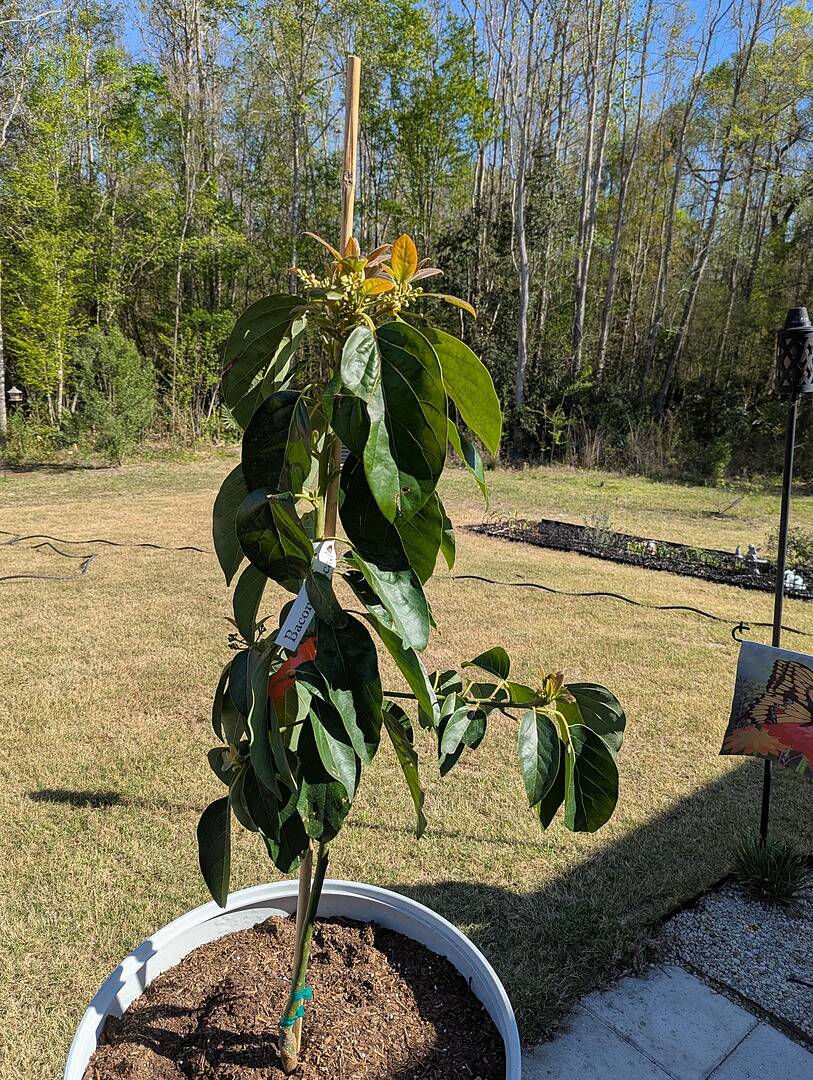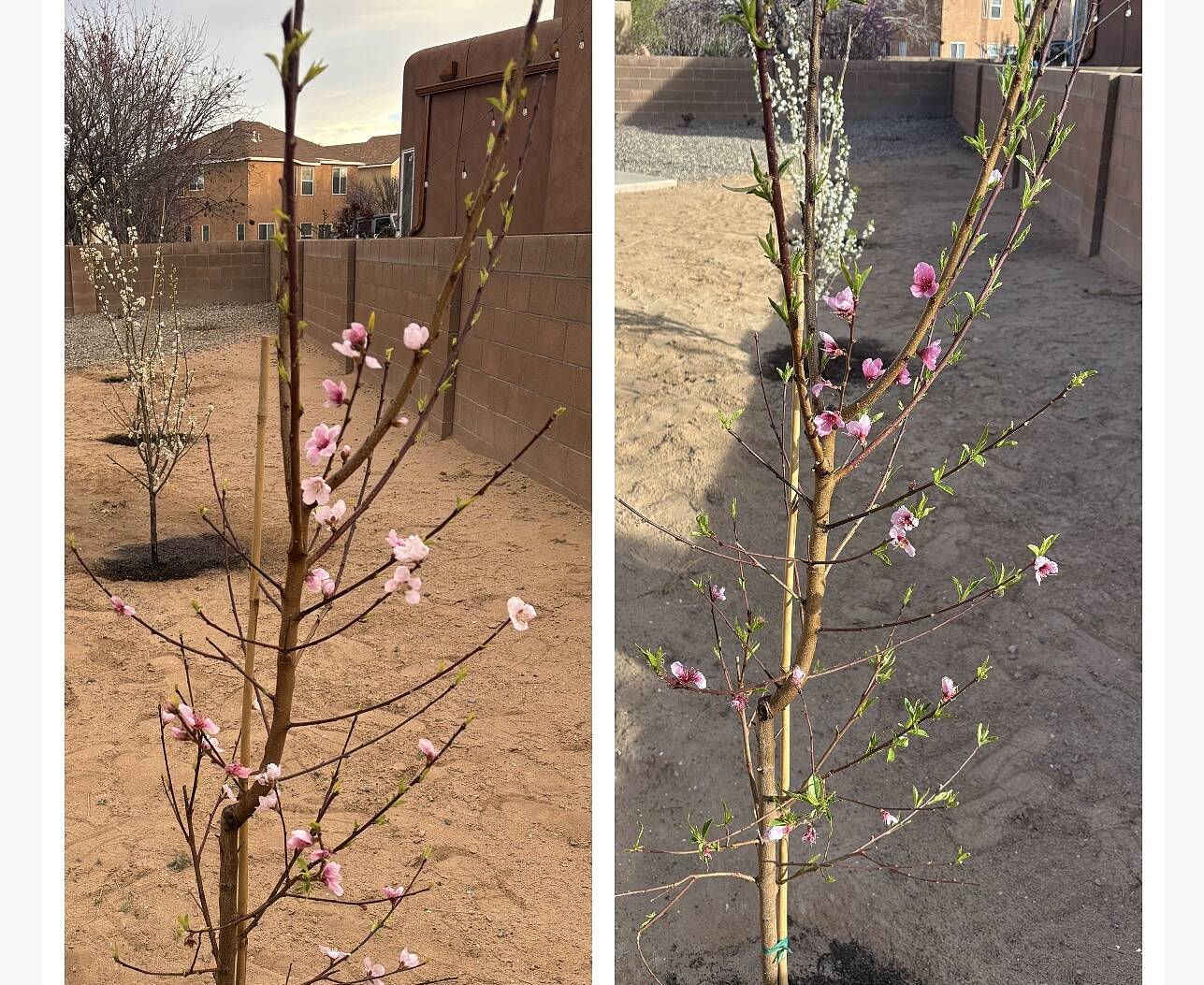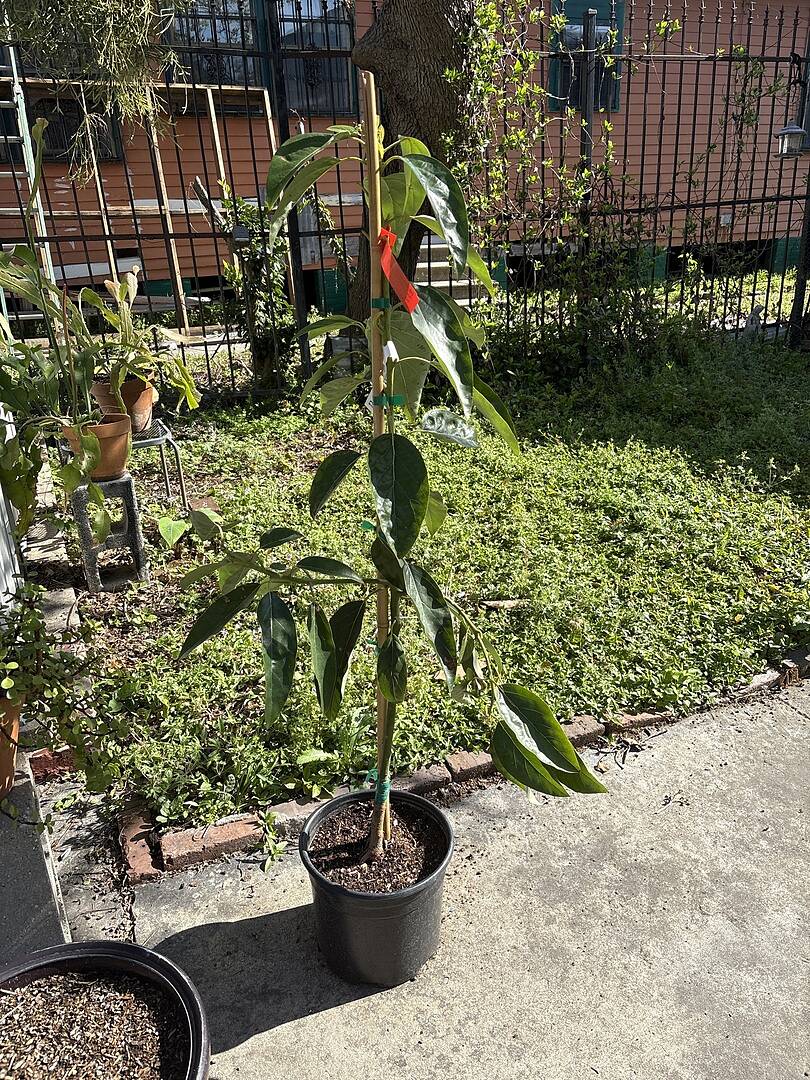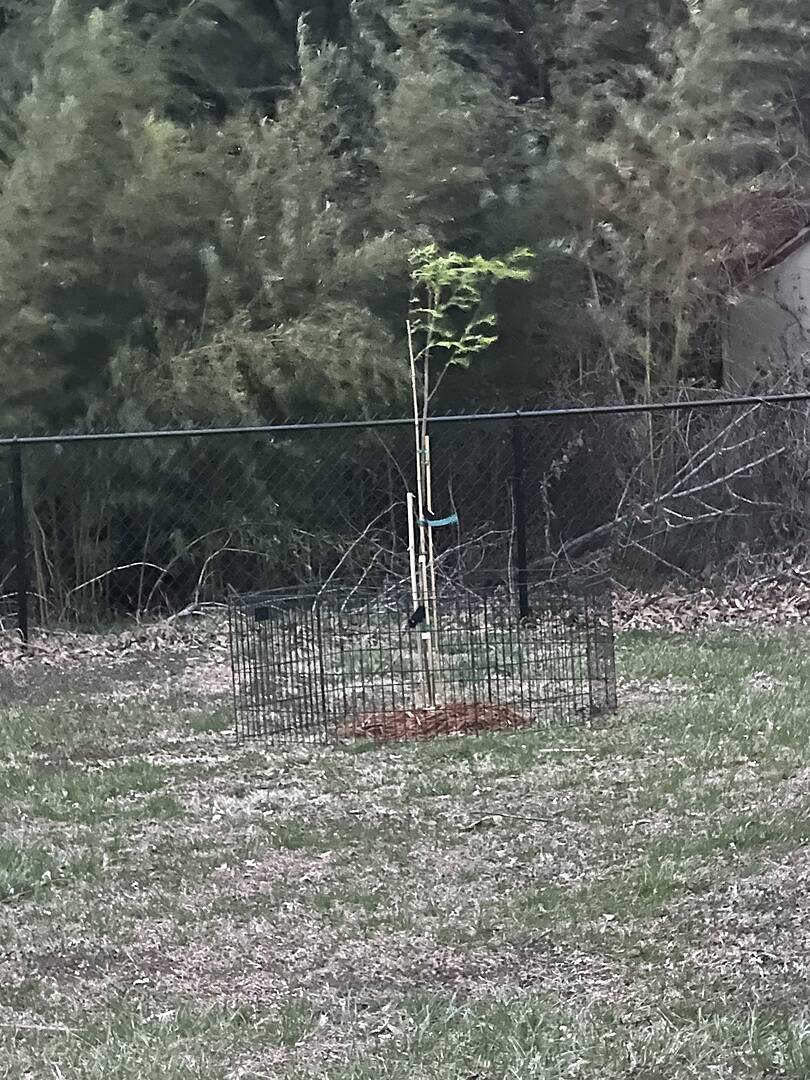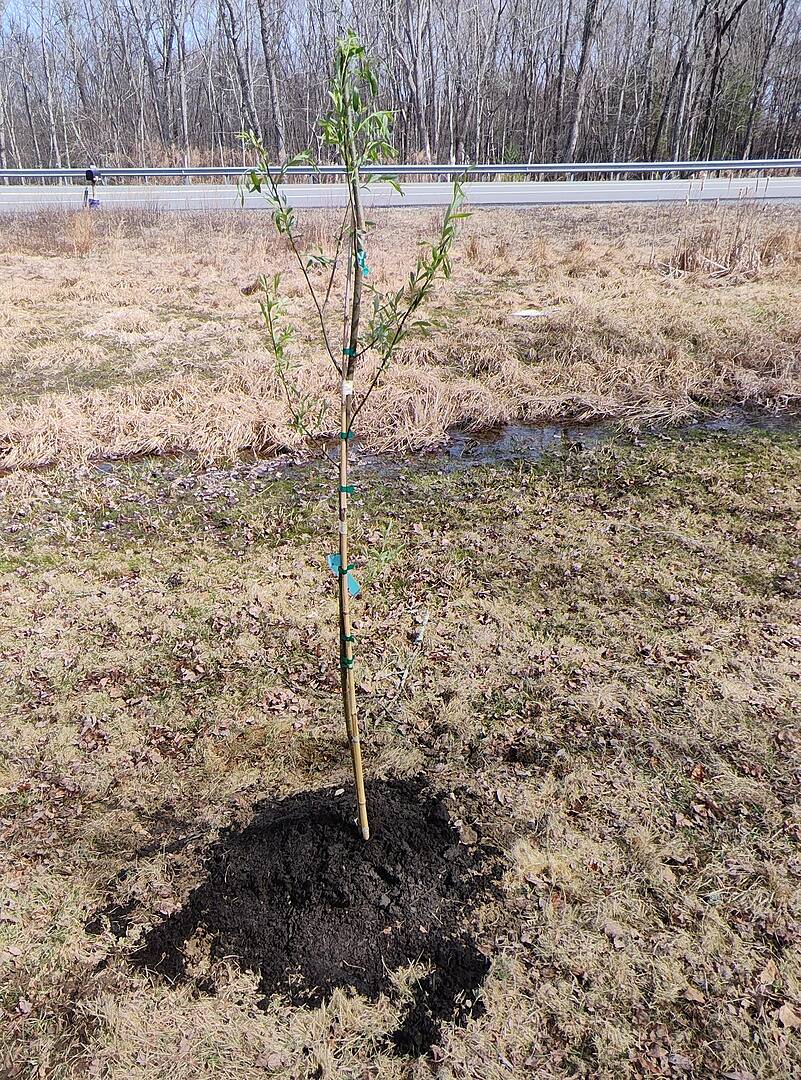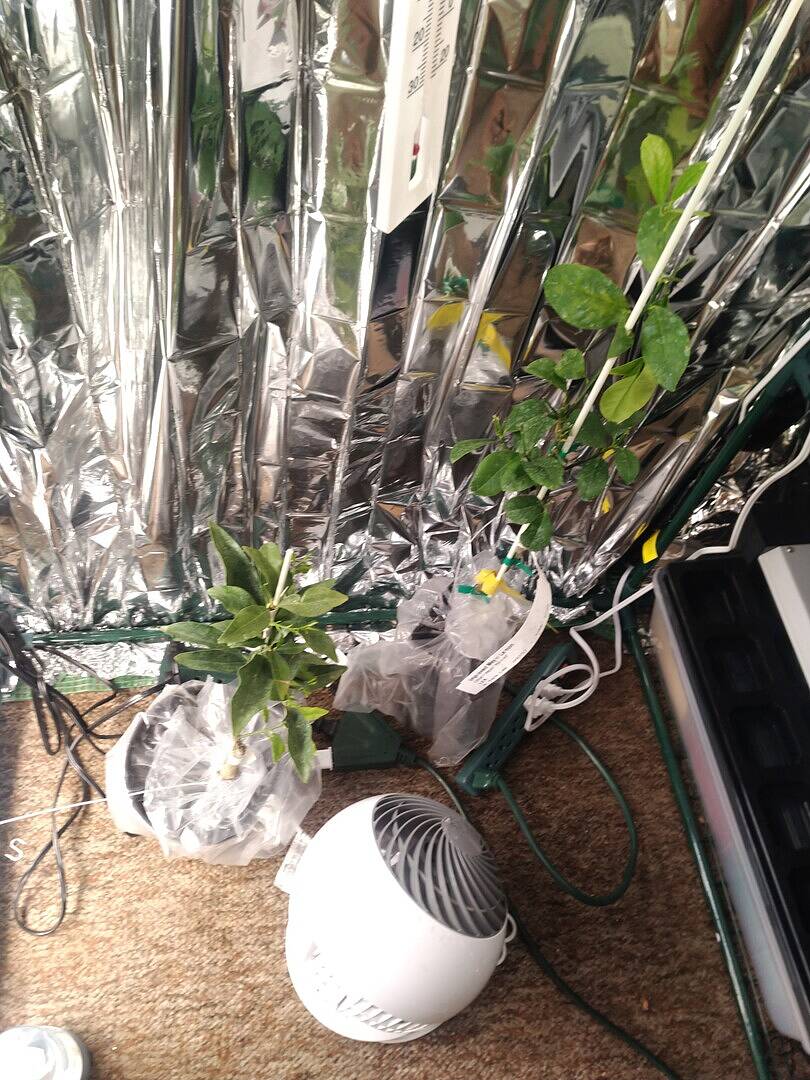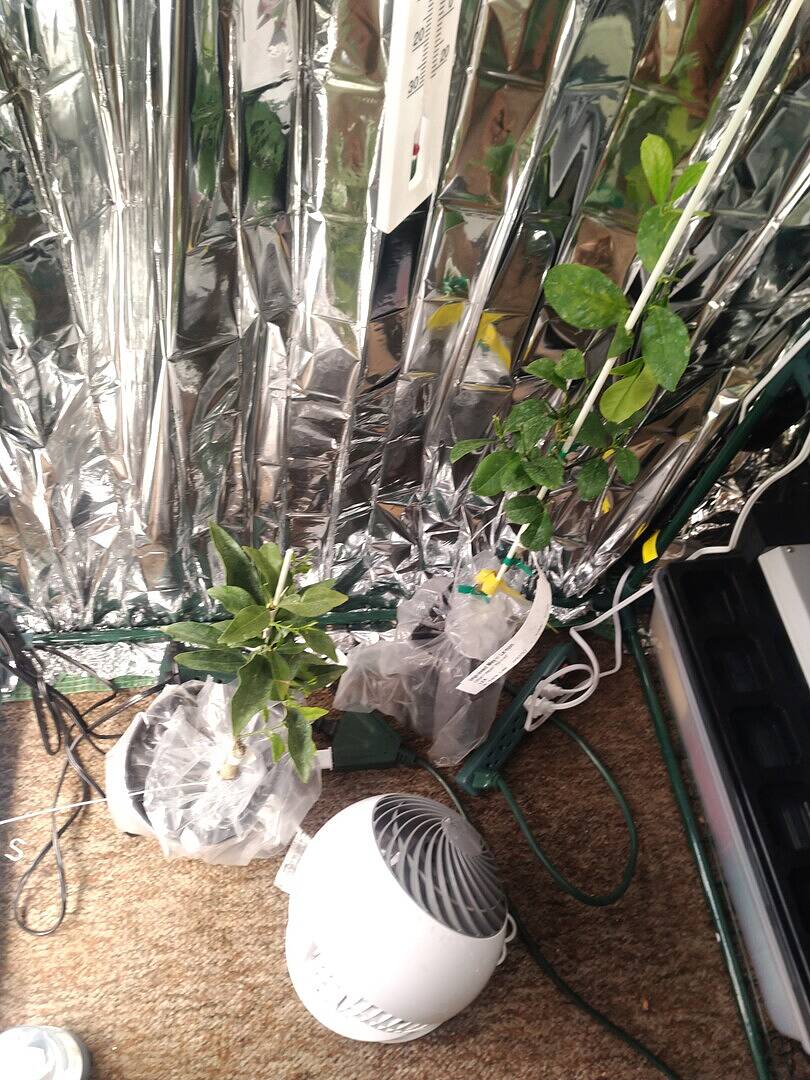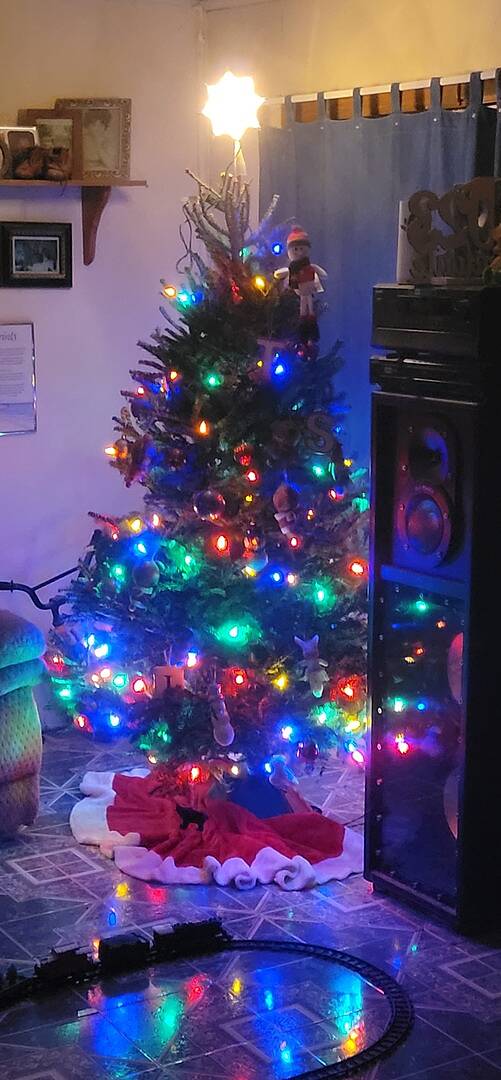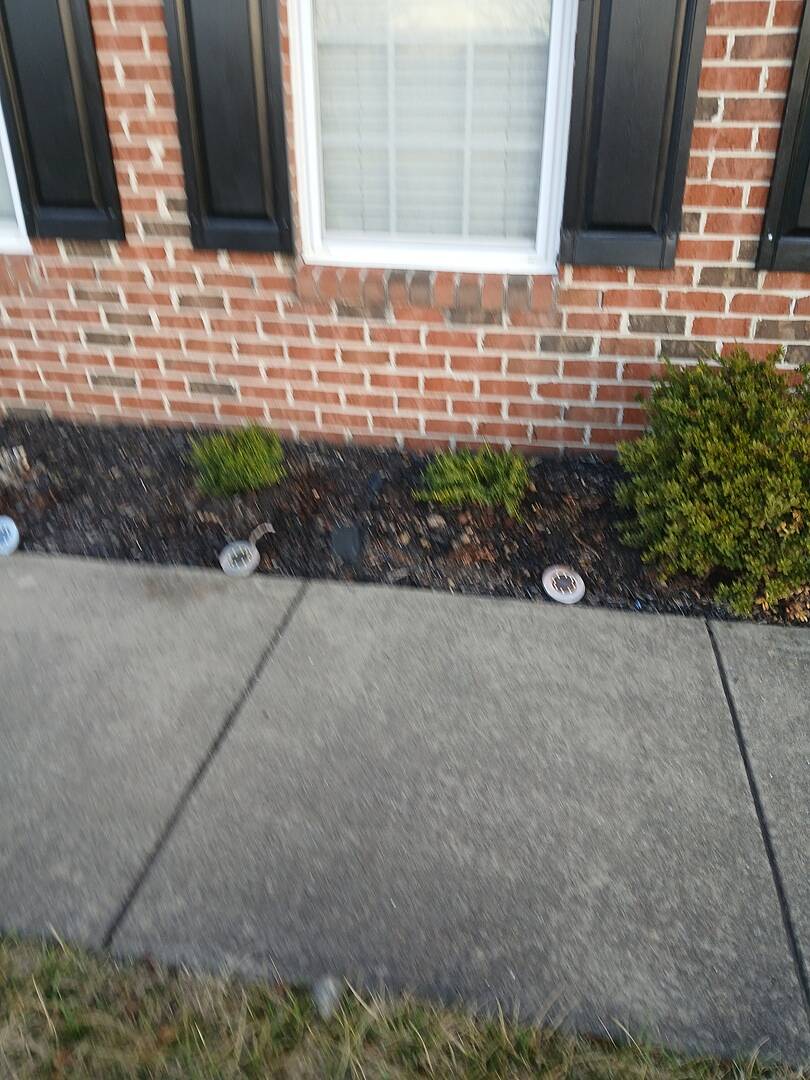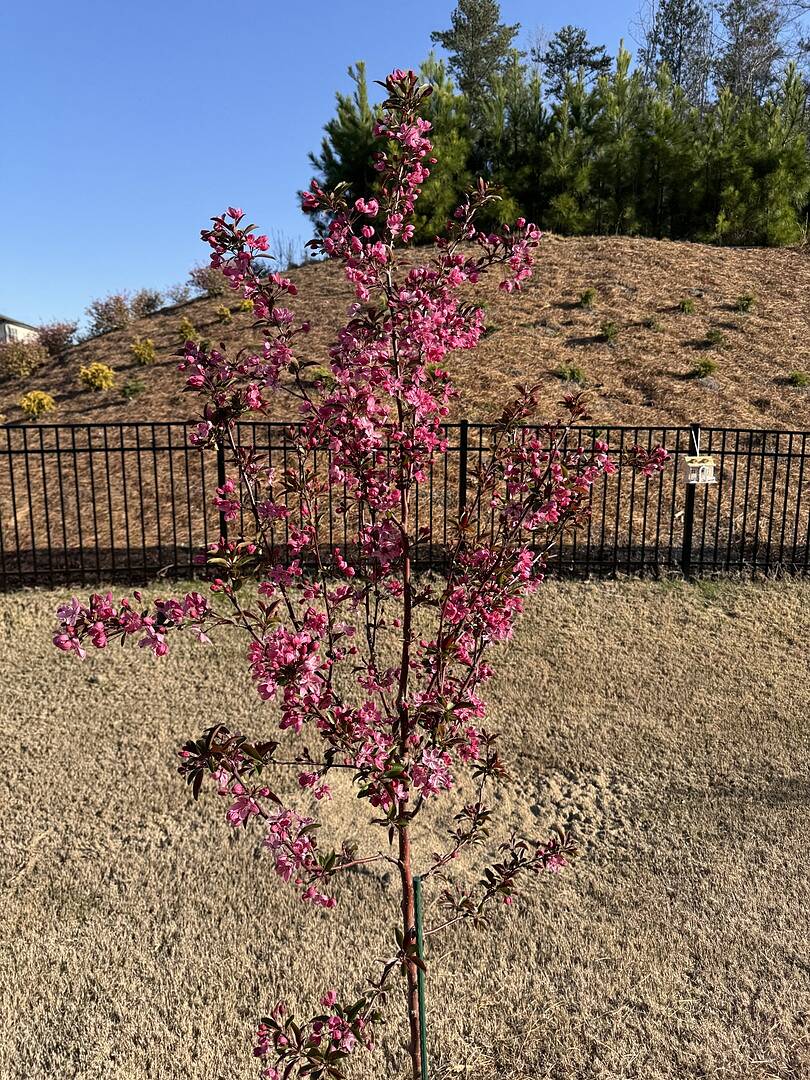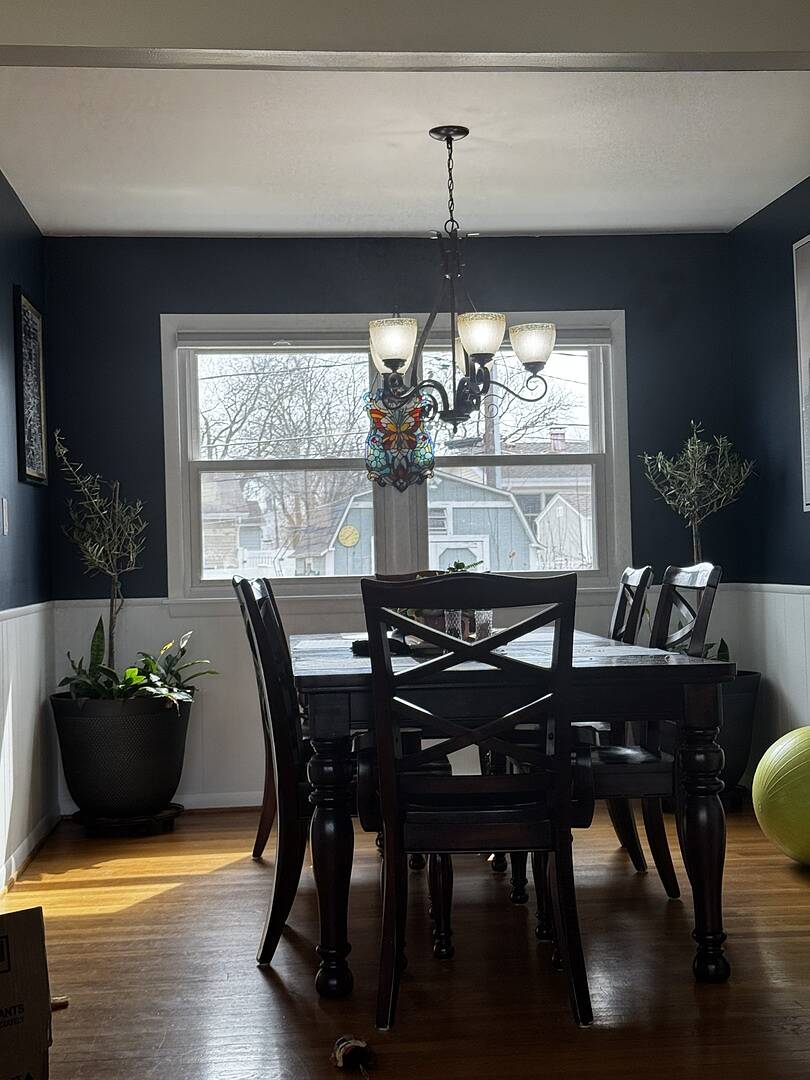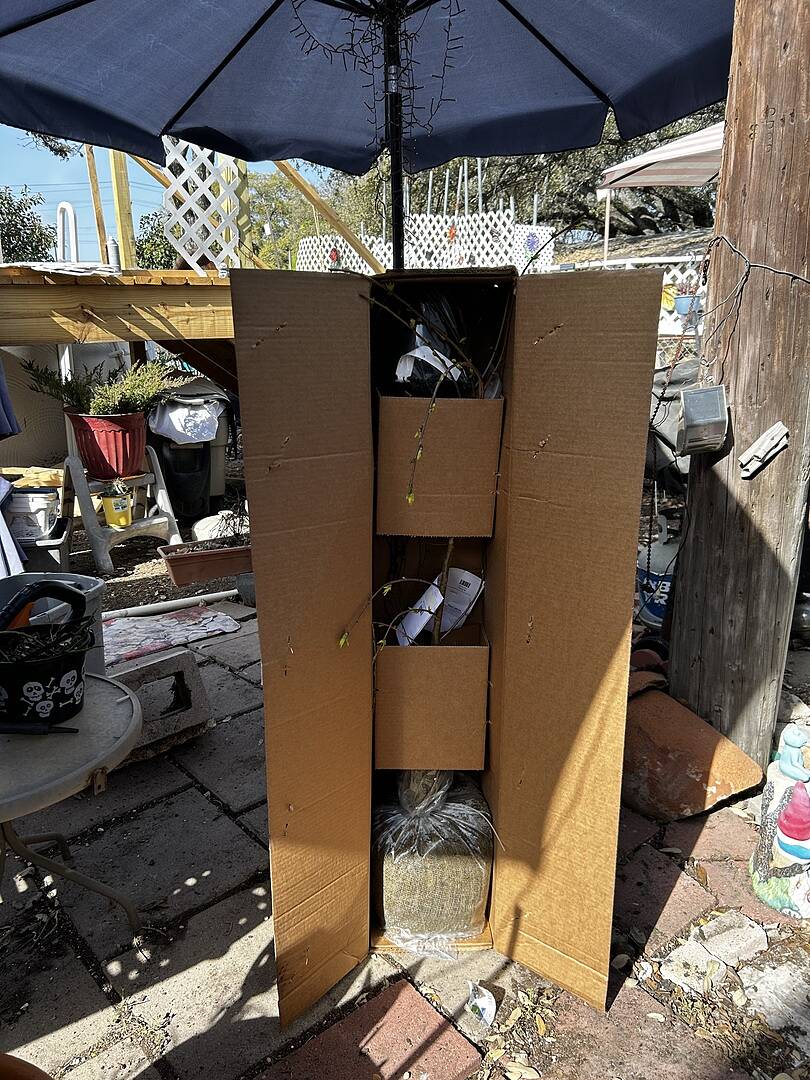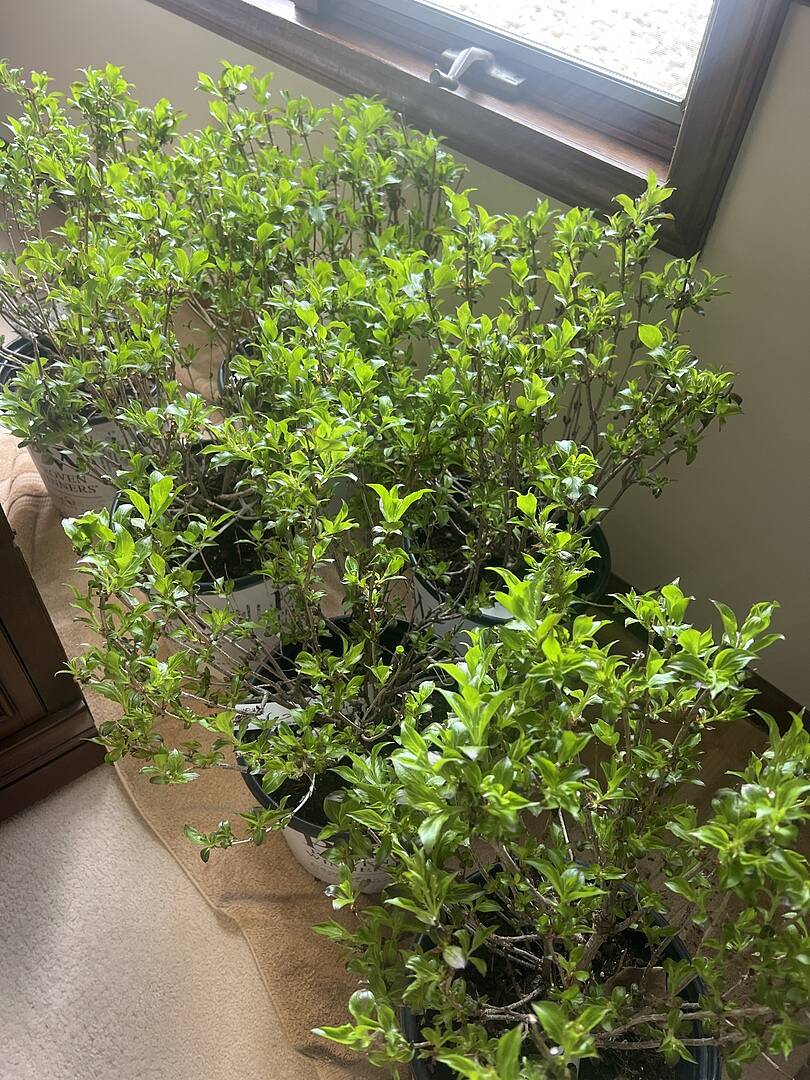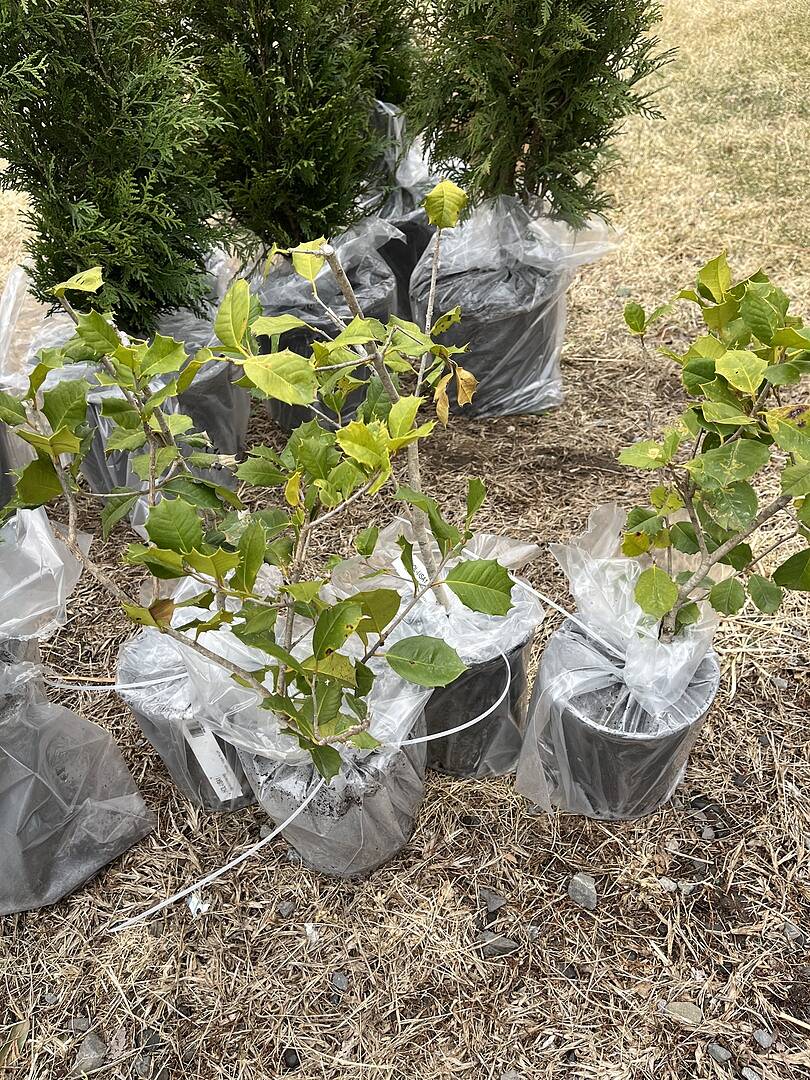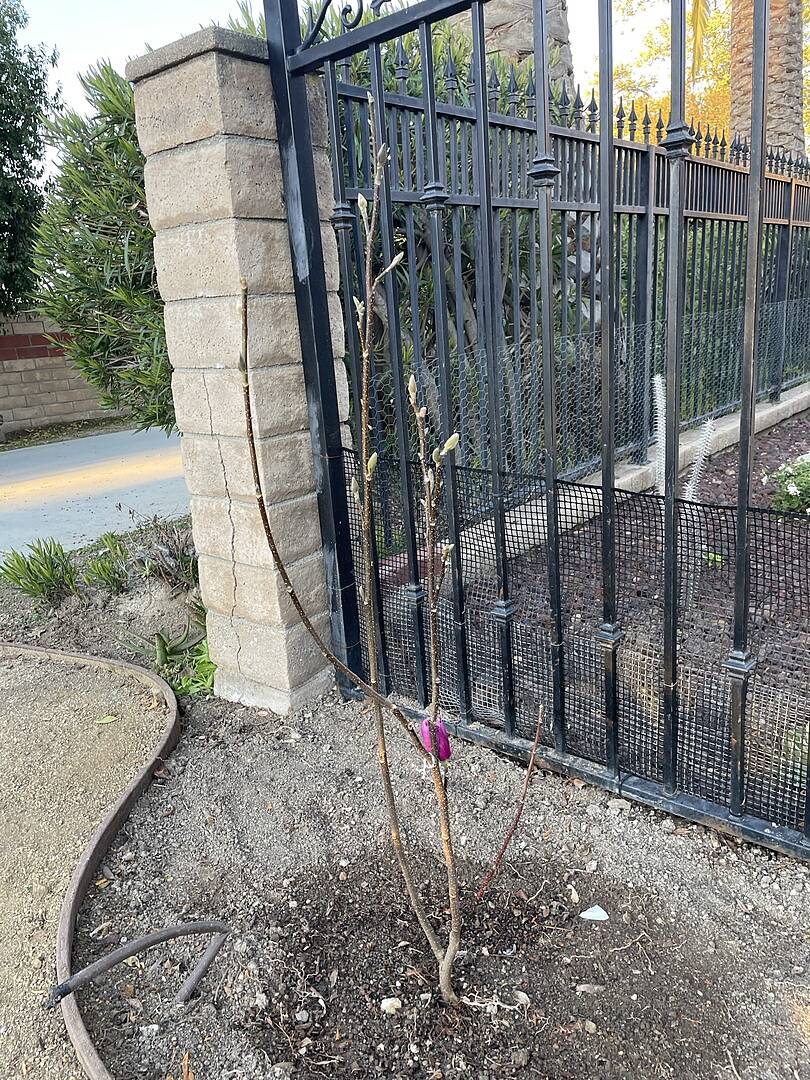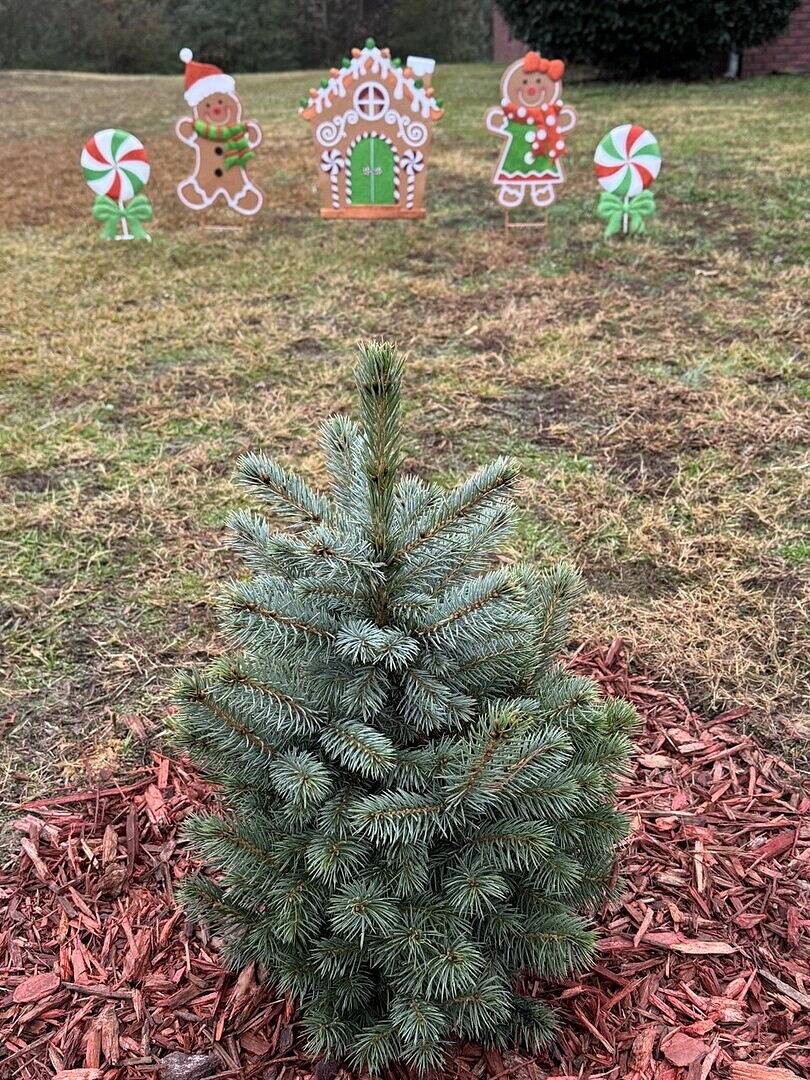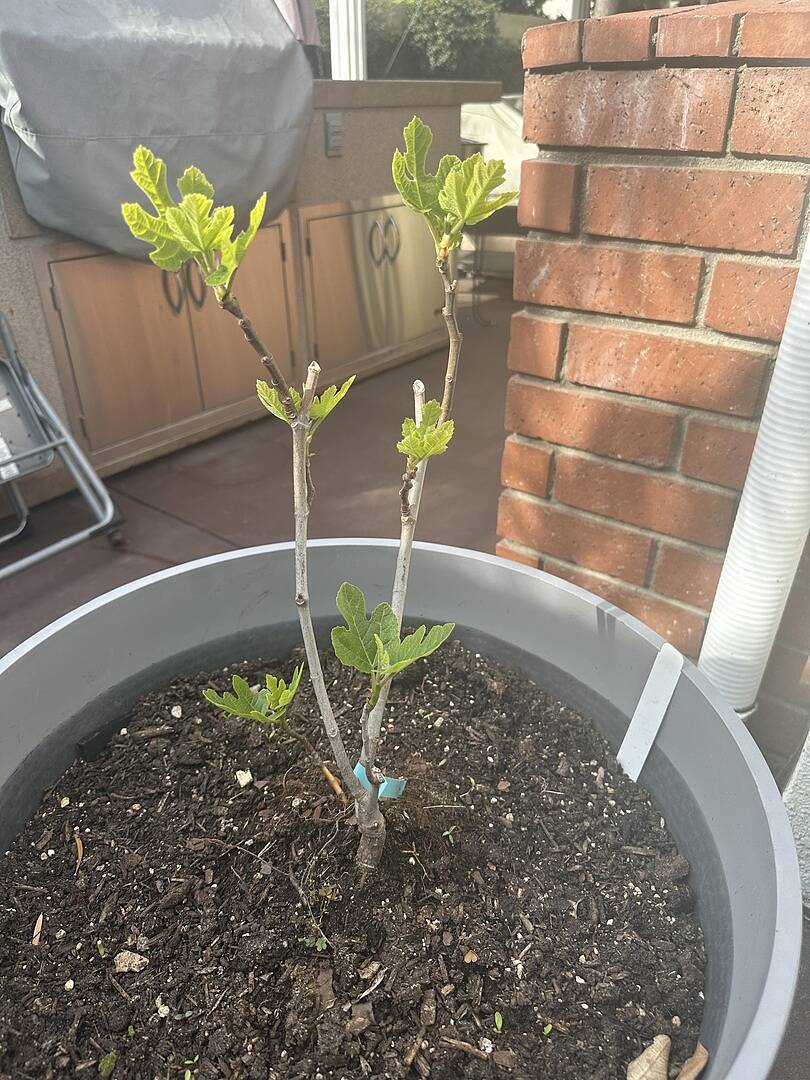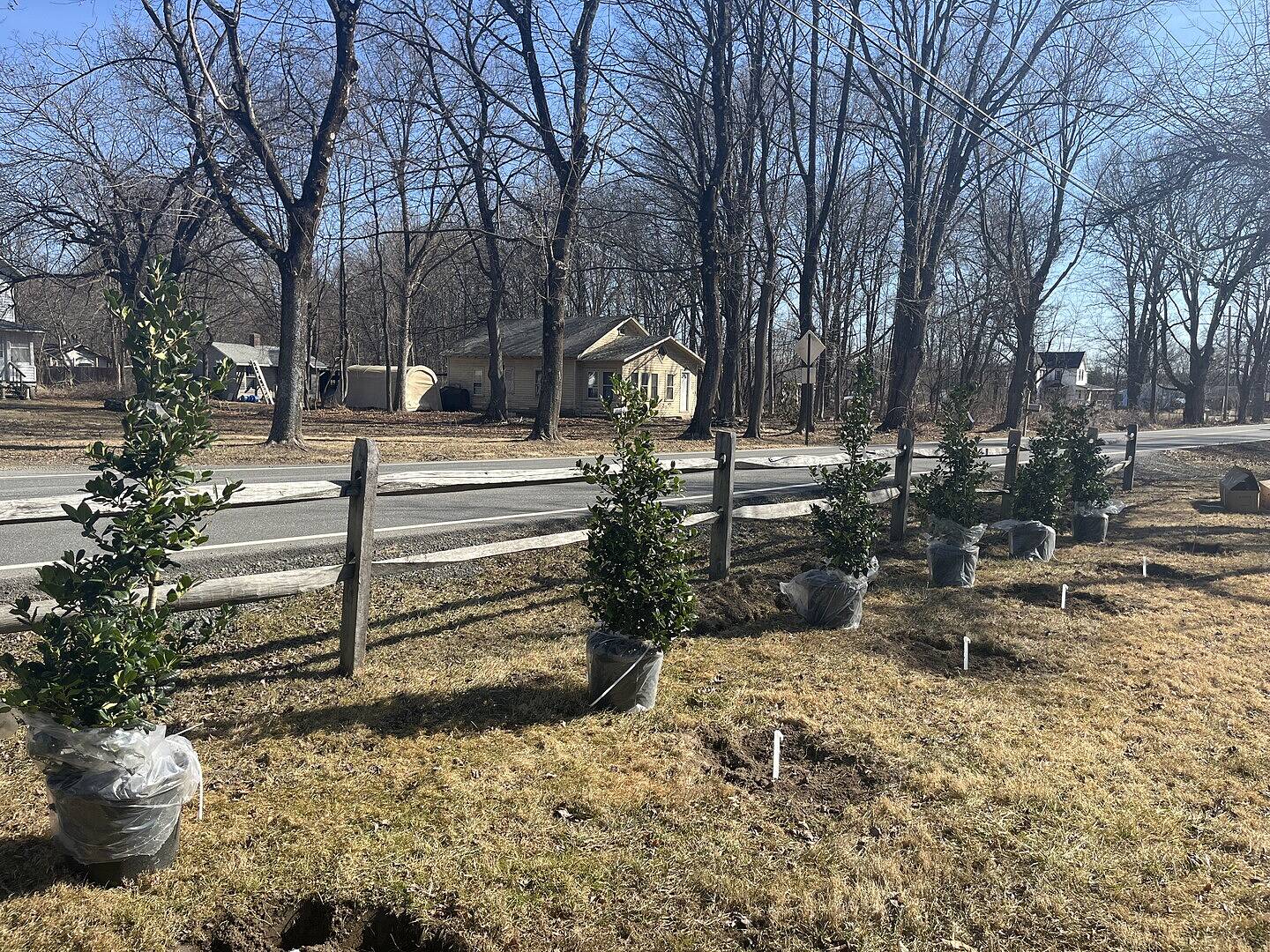Landscape Design 101: Maintaining Your Landscape

Last updated: Mar 28 2023

Download and print the companion worksheet for this module!
You made it! You’ve observed, planned, measured, drawn, made lists and put hard work into your design to make it a reality. We hope you're ready to enjoy your new landscape and watch it grow. Now, it’s time to make sure it keeps growing and maintains the look you want.
Want to jump ahead? Use the links below to skip to a specific section:
- The Basics of Landscape Care
- Understanding & Working With Nature
- Troubleshooting Issues
- Planning for the Year
Even the best design will lose its impact as time goes on if not kept up. And your design is only as good as the maintenance you give it. No landscape is maintenance free, so keep reading to formulate a plan to make sure you’re keeping your design alive and well!
Landscape Care Basics
Every landscape, big or small, needs some care. Read on to understand the ins and outs of ensuring your landscape looks its best!
Weeding
A weed is not a certain classification of plants; instead, it’s any plant that’s growing in an unwanted area. When you find a plant that isn’t supposed to be growing in a location, the best practice is to pull it immediately and remove the entire plant to prevent it from sprouting back at the roots. Ideally, you would want to pull any weeds before they start to flower and spread, but we know you have better things to do with your time than weed all day long! Continue on to figure out which weed control methods will work best for you.

- Weed barriers are a great deterrent but not foolproof. If you’re debating whether you should invest in some, try cardboard first! Lay cardboard down around your plants and cover with a layer of mulch. Over time, it will break down while suppressing weed growth and you get to be sustainable at the same time. If you have vigorous weeds, do both cardboard and weed barrier, and each time you mulch, lay a fresh layer of cardboard down.
- Chemicals can be very useful in your landscape, but read the bottle before you spray to follow all the safety and use instructions. We find that products like Roundup work best in areas like driveways, sidewalks, and lawns where there’s either no plants or all of the same kind of plants around. Test a small area before you spray to double check that you won't kill your grass and only spray where you need it. Natural sprays and pre-emergents work best in flower beds, as they’re typically less damaging to the plants around them.
- Weeding tools can save strain on your back, and there’s many out there available to you. Depending on what kind and the size of weeds you have present you may find luck with a certain type of tool. Next time you go to a store with gardening supplies, take a look and see what could help. An asparagus weeding tool and a soil knife (also called a Hori Hori) are both good all-around weeding tools to have in your gardening shed.
- Solarization is a method you can also try if you’re serious about removing weeds. The downside is that this method will kill off ALL plants, but if you’re installing a whole new garden bed, this may not be a bad idea if you want a clean slate. Just wet your soil, cover with a thick tarp (clear is ideal and be sure to avoid black ones) and leave it out in the summer sun for a few weeks to kill off what’s underneath. Solarization works by heating up the soil and killing off any plants or pests that are hiding. Peel back the tarp and you’re ready to plant. If you ever drive past a farmer’s field that has plastic looking material, this is what they’re doing!
- Cutting weeds down is beneficial even if you don't get them at the roots, as it can prevent them from flowering and spreading further. Use a weed or lawn trimmer to cut weeds back, or feel free to get them, as you’re mowing your lawn.
The best weed control out there is a consistent one. Weeds normally ramp up when there’s an increase in rain, so try to stay on top of the weeds and you should see the overall number of them decrease with time. Try one or more methods listed above to tackle weeds head on!
Pruning
Think of pruning like a haircut for your plants. It can be nerve-wracking when you decide to get it cut, especially if the change is dramatic. But at the end of the day it can always grow back with time. When done correctly, pruning can increase a plant’s health. Even young trees can benefit from pruning, not just older trees!
View our instructional pruning video below!
Some Pruning Benefits:
- Promotes new growth
- Increase air circulation and lowers fungal growth
- Removal of wounded areas and diseases in some cases
- Increases light penetration
- Allows room for new growth to occur
- Protects structures nearby (especially in older shade trees)
- Maintains the look of the landscape
- Can clear obstructions
Pruning can be complex, but it’s not hard to do. When you’re ready to prune you’ll need the proper tools like a saw (for larger branches) or a pair of hand pruners (for branches around the size of a pencil). Then, you’ll need to know the plants you’re shaping and when is the best time of year to cut them in your area. You can find this information out on our website or your local extension office’s website.
Familiarize yourself with the pruning dos and don’ts below and slowly remove branches one at a time. Remove branches that are dead, overlapping, weak in growth or just in a poor location. Shaping with pruning shears (like to shape a hedge) can be done almost any time of year and mainly cuts and shapes the leaves.
Pruning Dos and Don’ts:
|
Pruning Dos |
Pruning Don’ts |
|
|
Watering
Believe it or not there’s a proper way to water your plants! If you have lots of container plants, check out our house plant watering article. Outdoor plants have slightly different requirements since you have to account for the rain. For newer plants, water deeply and consistently to help establish the roots. Your goal should not be to displace any soil and to water with low pressure in the morning until the first 6 to 8 inches of soil is saturated. Water about twice a week and transition to watering about once a week over a month. Plants that are established will only need to be watered in the absence of rain or in extreme weather conditions like a drought.
To make watering your yard easier, there’s some options and tools you can use like drip lines or sprinklers. Shop around and see what would work for your budget, lifestyle and landscape.
Check out our video here for helpful watering tips!
Fertilizing
You most likely won’t have to water your plants everyday, just like you won’t have to fertilize very frequently. However, occasional fertilizing will benefit your plants and is recommended. Newly planted trees and shrubs will most likely have the existing fertilizer from their nursery containers, so when you use that to amend your soil, your first season of feeding is already done. To continue their health as they grow, flower and fruit, feed them properly.
Fertilizers will list the type of plants they feed on the packaging, but we recommend looking for the formula on the bag and matching it to the needs of the plant. You can find the specific fertilizer recommendations on any of our product pages or by searching your plant online (just use a trusted source like a .edu, .gov or a botanical garden’s website). For more information and help with reading fertilizer labels, we did a deep-dive explaining all you need to know when it comes to fertilizing your plants here.
Lawn Care
Your lawn will need care, too—but it’ll be a little different than your trees and shrubs. Basic lawn care boils down to three things: watering, fertilizing, and mowing.
Watering: The best way to keep your grass green and lush is to use a sprinkler. The rate at which water comes out of the sprinkler will determine the amount of time you should leave it on.
- Start with 15 minutes, and then check the area to see if the soil is saturated but not collecting excessive standing water. Set it for less time if there’s too much water or more time if the soil isn’t saturated. Once you’ve found your ideal time, adjust accordingly based on your current weather conditions.
- For larger yards, move the sprinkler around (if it’s stationary) or add a second sprinkler to make the chore easier. Avoid spraying trees and plants excessively, if you can.
- Let the water soak in. If you notice excessive runoff and that the water isn’t soaking into the ground, adjust the water pressure. Low and slow is best.
- Water early in the morning. This is the most effective way to water your grass. Watering before sunrise reduces the risk of fungal issues, and your grass will absorb the water more efficiently.
- FGT Pro Tip: Want to hit the snooze button more often? Set out your sprinkler the night before to make your morning watering that much faster.
Fertilizing: Besides water, a lush green lawn will need lots of nitrogen to stay healthy. All plants need nitrogen, but grass needs it much more. So, look for a grass-specific formula with a high nitrogen content.
- Choose a formula that works best for your lawn. You can get fertilizers that are granular (they look like little beads). Or there’s another type that you dissolve in water before applying to your lawn. While there are lots of options out there, granular fertilizer is one of the easiest kinds to use.
- When applying your fertilizer, read the label to ensure your safety and the safety of your lawn. This is not the time to skip instructions, because too much fertilizer can harm your grass!
- To keep track while applying fertilizer, start on the edges and walk the same path as you would when mowing to avoid hitting the same area twice.
- Go organic—or don’t! The grass will get its nutrients either way. So, if you prefer an organic solution, use it! This is your lawn, and you should feed it with what works best for you.
Mowing: Unless you want to pretend you’re living in a little house on the prairie, at some point you’ll need to cut your grass.
- Typically, regular mowing should begin in spring once the weather warms up. The frequency will depend on your lawn and weather conditions, so be flexible with your schedule at first. Eventually, you’ll find the right routine.
- When choosing your mower, consider the size and shape of your landscape. For example, you may want to skip the manual push mower if you have several acres or lots of hills. As long as you have a sharp cutting blade and know how to safely use and maintain your machine—cut away!
- All grasses have different minimum mowing heights. Use the chart below to determine how to set your mower’s cutting blade to avoid scalping (or killing) your lawn.
|
Grass Type |
Minimum Mowing Height |
|
Bermudagrass |
.5-1 in. |
|
Fine Fescue |
2.5-3 in. |
|
Tall Fescue |
2.5-3 in. |
|
Kentucky Bluegrass |
2-3 in. |
|
Buffalo Grass |
2-3 in. |
|
Creeping Bentgrass |
.25-.75 in. |
|
Ryegrass |
2-3 in. |
For more information on lawn and grass care, check out our full Grass Seed 101 mini course, including our lawn maintenance module. We cover situations like how to deal with sloped yards and ways to care for your lawn after a vacation.
Nature is Nature
Nature always has and will continue to do what it wants no matter what fertilizers or treatments we give our plants. Sometimes plants don't work out, while other times they thrive. The ups and downs are part of nature, so don’t get too distraught if things don't go to plan.
Let Your Landscape Grow
If you’re unhappy with your design or it's not how you envisioned it, take a moment to pause before you go around changing everything. Your landscape is most likely young. Trees typically take around three years to establish in a yard, while some plants may take even longer. Nature runs on a clock of its own, so don't worry and be patient. Just like we age and grow, plants do the same. Give your landscape time to grow, fill in and go through a season to see if things get better. Your landscape is up to you! If you find that you’re still unhappy with an area, substitute plants in and shape it as you wish.
Learning Your Landscape
A large part of gardening is learning, and sometimes that learning can happen through trial and error. As plants in your landscape establish, you can figure out which ones thrive, which ones need extra care and which ones aren't going to make it. Jot down notes as you learn and get a feel for your space, so you can expand your landscape with confidence. If you notice a plant that’s on the decline, try to figure out how to turn it around or move it to a place that’s better suited. It's much easier to transplant a plant while it's small than after it's been situated in your landscape for a couple years.
Troubleshooting Guide
Not everything will go according to plan. There will be surprises and mishaps along the way, so don’t fret if you run into an issue.
- If you have a plant health problem, check out our downloadable plant diagnosing guide.
- If you need an expert opinion on anything in your landscape, talk to one of our experts on the phone, email, or through our website’s chat feature.
How to Problem Solve
Plants can become sick from time to time and it can be frustrating to try and figure out what the issue is. When this happens, don’t panic and know that most of the time plants can bounce back with some help.
If you suspect something is wrong, do this:
- Put on your detective hat and take a close look at your plant and the surrounding area to see if there are any other issues that also need addressing.
- Do your research and know what’s normal for the plant. Examples: a holly that’s supposed to drop its leaves or an evergreen that turns orange
- Look and see if the plant is prone to any particular pests or fungi. This way you can be preventative in your treatment if needed.
- Make sure that all the needs of the plant are currently being met. Many times fixing watering issues or sun issues can turn a plant around.
Issues commonly occur when the seasons are changing. During this time plants are adjusting to new weather conditions, pests that appear and other factors. Try and make it a habit to occasionally walk around your landscape and look for red-flags like odd colors on leaves or any pests. By knowing what you’re trying to fix, you’ll have an easier time finding a solution.
Year-Round Plan
Help is always appreciated, especially when it comes to yard work! As you learn and grow your green thumb along with your landscape, think about what needs to be done and assign who will do it and when. We recommend keeping track of what you do season to season to make the process easier and so it won't feel overwhelming.
A good way to organize your landscape plan is to sort it by season and then write down tasks like when to start fertilizing, how often and which plants like to be pruned. This way you won't be stressing about forgetting anything and your plants and landscape can continue to thrive. Remember to update your plan as your landscape needs change and keep track of any hired help like contractors so you can have them in one place.

Landscaping is very attainable for the home gardener, and hopefully our step by step guides have shown you that! No matter the size of your project, you can now have confidence as you create your dream landscape. Get creative and make a plan, and don’t forget to be flexible and enjoy the process. Just beware that once you finish your first planting project, it’ll be hard not to start another one! Thanks for following along, and happy landscaping!
Don't forget to download and print our Landscape Maintenance Worksheet to ensure your new landscape thrives year-round and to reference our when-to-prune guide.
Plus, view the rest of our Landscape Design 101 course to review all of our guides and transform your landscape! And be sure to check out our wide selection of trees and shrubs for all your plant needs.

Written by
Meredith Gaines
Meredith's love for plants started at a young age, and only grew when she started working in the Desert Exhibit at the South Carolina Botanical Gardens and the Historic Filoli Estate in the Bay Area. After graduating from Clemson University (GO TIGERS!) with a degree in Biology and Horticulture, she found her niche in the FastGrowingTrees.com family as a horticulturist and has grown in her current role as Senior Plant Expert.
She currently resides in her hometown of Charlotte, North Carolina, and enjoys spending any time she can outdoors. She learns new things about plants every day and loves sharing her plant knowledge and tips with those around her. Her favorite plant is constantly changing, but her long-time favorites are peonies, oak trees, and ferns.
Featured Product

Coconut Palm Tree
92 reviewsStarting at $57.95


















